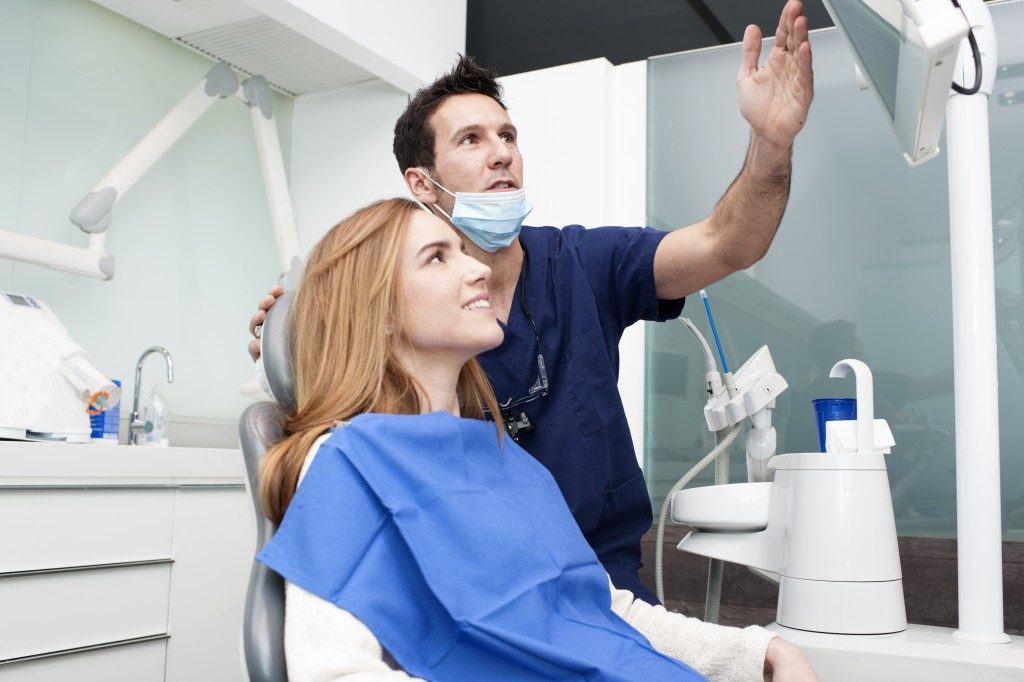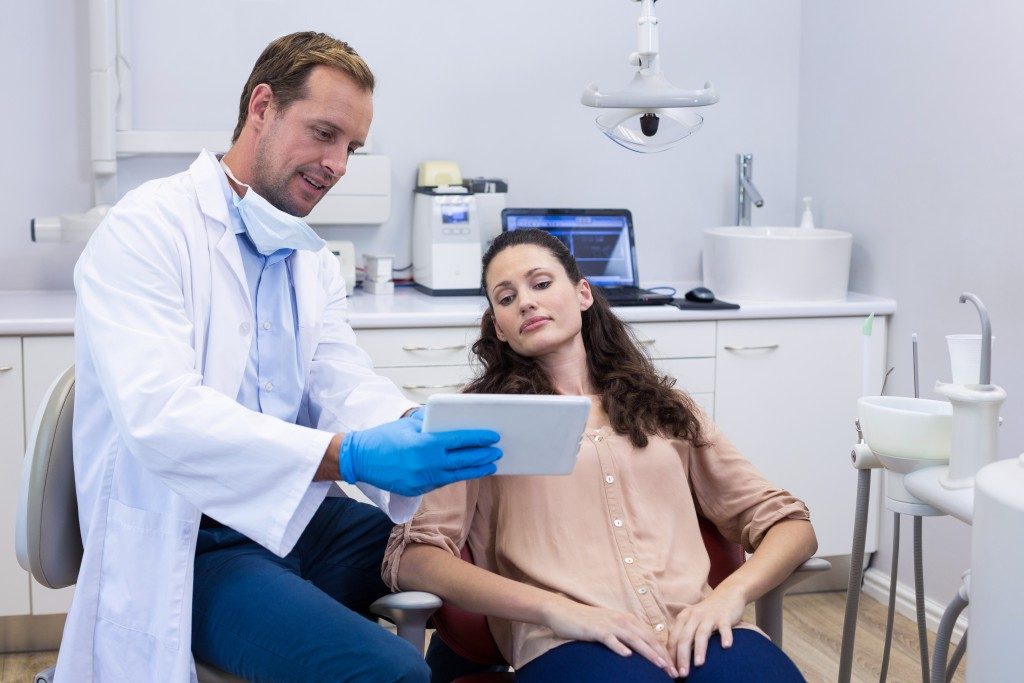Oral health is as important as other aspects of wellness. The oral cavity performs certain roles with other organs and tracts in the body for digestion, respiration and speech. Providing good dental care is a sensible approach to maintain health and prevent minor issues developing into bigger complications and problems.
Orthodontics is a branch of dentistry that specialises in straightening teeth, correcting bite and teeth occlusion. Research and technology have improved the sector considerably over the years. It has evolved from using traditional means to align crooked teeth and a misaligned jaw. Today, a lot of innovations have already been applied in the field, including digital orthodontics.
Here are important things to know about digital orthodontics.
What Is Digital Orthodontics?
Technology is pivotal to the success of an orthodontic practice. Digital orthodontics incorporates new technology to increase the efficiency of delivering good oral care to patients. Digital orthodontics involves the use of digital imaging and advanced graphical interfaces to provide accurate diagnosis and to give effective solutions.
In the field, orthodontists use 3D imaging to provide precise images of the oral cavity. With the use of high-end devices, the dentists may now provide an improved diagnosis to their patients. The accurate diagnosis enables them to provide a faster and more effective course of treatment.
What Are The Benefits Of Digital Orthodontics?

Digital orthodontics has many benefits. First off, computer imaging provides accurate images of the oral cavity’s features, improving the ability of the orthodontist to accurately diagnose a variety of inter-related complications with the patient’s teeth. The new technology provides precise contours and shapes of the teeth, including areas that are not seen using traditional methods.
Aside from accuracy, digital orthodontics provides better care to the patients. In most cases, digital imaging makes the visit faster and more efficient. Unlike other traditional diagnostic methods, the patient won’t wait long for the results. The technique also provides comfort since there are no invasive procedures involved, and gives individualized and customized care. Lastly, the whole technology is easier to learn and use.
What Should Patients Expect During The Procedure?
With digital orthodontics, the practitioner will get detailed images of the patient’s oral cavity and surrounding features, and can immediately diagnose the problem and suggest solutions. The patient can expect the results of the exam right away so any treatment can often be undertaken during the same visit. Digital orthodontics may cost more than a regular oral x-ray. But, with the higher cost comes higher quality, faster and more accurate diagnosis, and a better quality of service. With the evolving technological aspect of dentistry, patients should expect orthodontic services to continue improving.
By opting for modern diagnostic and therapeutic procedures patients take advantage of the latest technology to provide more accurate results. They receive better services with faster recovery times. Though it is tempting to stick to familiar treatments, procedures for orthodontics and dentistry are continuously evolving. The advances in technology should be embraced as part of an overall improvement in health care.

